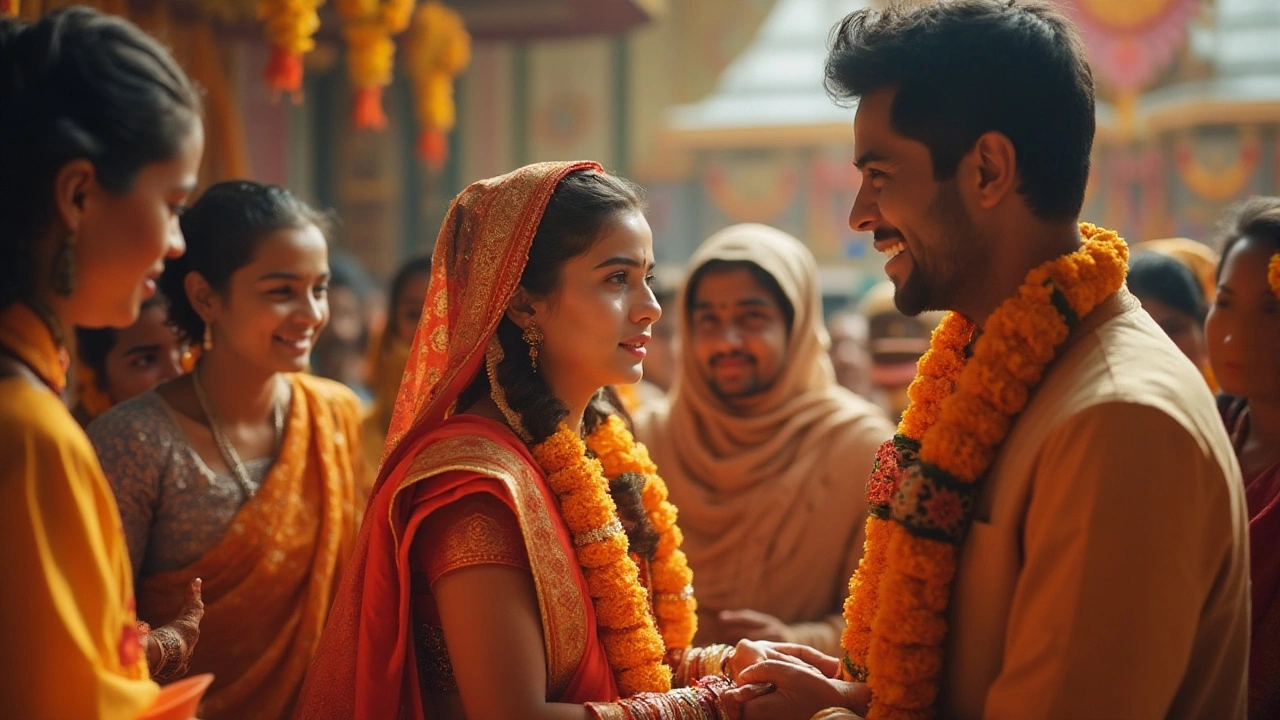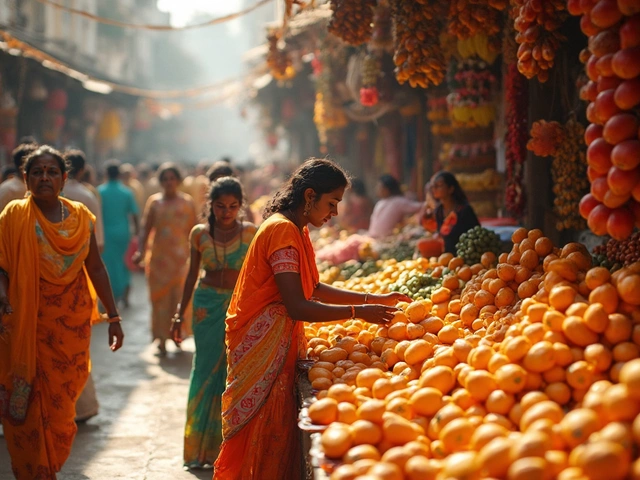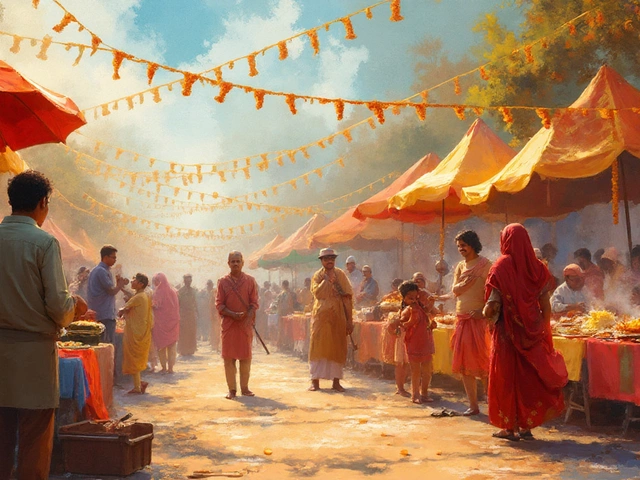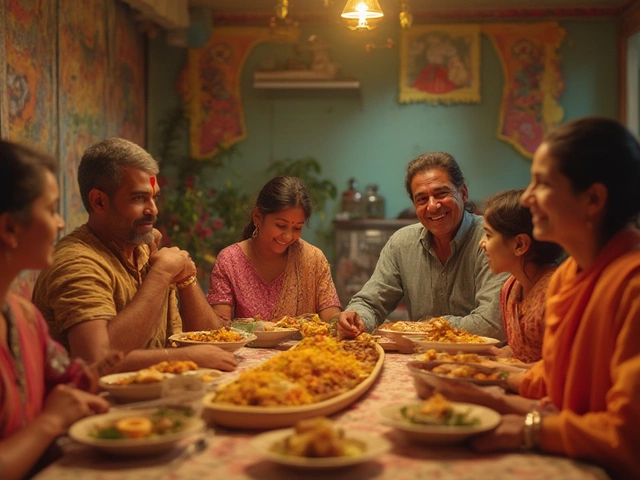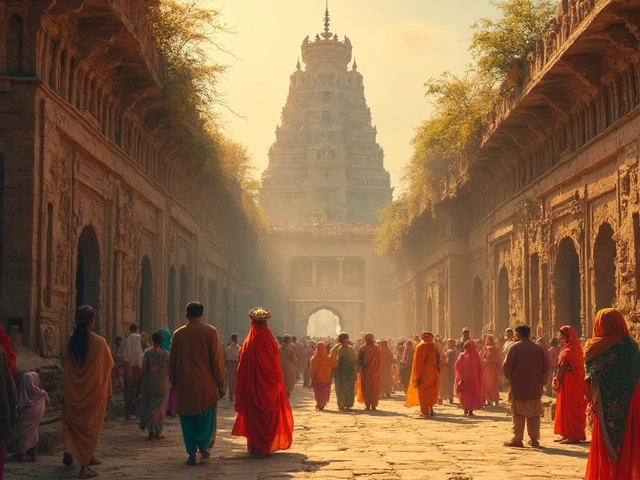Hindu Wedding Customs: Traditions, Rituals, and Regional Variations
When you think of a Hindu wedding customs, a set of sacred rituals rooted in ancient Vedic texts that guide marriage ceremonies across India. Also known as Vivaha Samskara, these customs aren’t just formalities—they’re spiritual commitments passed down through generations. Unlike Western weddings that often focus on the couple’s personal vows, Hindu weddings are community events where families, deities, and cosmic order all play a part. Every step, from the haldi application to the final circling of the sacred fire, carries deep meaning—and it’s not the same everywhere in India.
One of the most powerful moments is the saptapadi, the seven steps the bride and groom take together around the sacred fire, each step representing a vow for their shared life. This ritual, often misunderstood as mere symbolism, is legally binding under Indian law. Then there’s the mangalsutra, the black and gold necklace tied by the groom, symbolizing the wife’s marital status and protection. In South India, it’s a thread with gold beads; in the North, it’s often a thicker chain. These aren’t just jewelry—they’re living symbols of identity.
The mandap, the decorated canopy under which the ceremony takes place, represents the new home the couple will build together. Its four pillars are sometimes held by family members, showing how marriage unites not just two people, but two families. And while the core rituals stay the same, what changes is the flavor—Bengali brides wear red and white, Punjabis dance to dhol beats before the ceremony, and Tamil weddings include a ritual where the groom’s shoe is hidden for a playful ransom. These aren’t random traditions; they’re regional expressions of the same sacred framework.
Modern couples often mix old and new—keeping the mangalsutra but skipping the elaborate pre-wedding rituals, or doing the saptapadi in English instead of Sanskrit. But the heart stays the same: marriage in Hindu tradition isn’t just about love, it’s about duty, continuity, and shared spiritual growth. You’ll find articles here that break down each ritual, explain why certain colors are worn, how regional differences shape the day, and what’s changed in the last 20 years. Whether you’re planning a wedding, attending one, or just curious about how culture lives in everyday rituals, this collection gives you the real stories behind the symbols.
